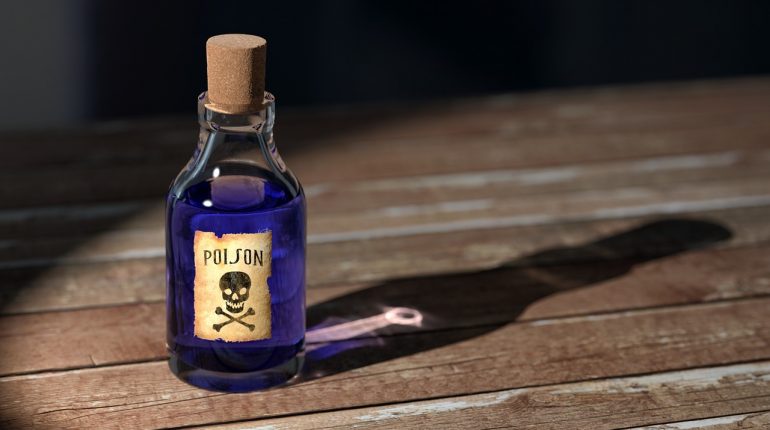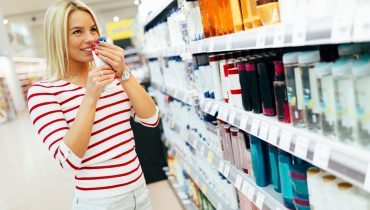In recent years, manufacturers of cosmetics have made huge improvements in terms of the safety of their products. Beauty products today are much safer than ever thanks to government regulations and customer demands.
But not everything is 100% safe yet. Some products still use ingredients that modern research has found to be harmful. Also remember that even if an ingredient is completely safe for most people, it may cause a reaction on your skin.
Here are the ingredients to watch out for when you are shopping for cosmetics and beauty products. I have not included all possibly harmful ingredients. For a more comprehensive list, checkout this set of more than a thousand substances banned by the EU from cosmetic products.
Formaldehyde
Formaldehyde is a natural gas that is very common in nature. Even humans and animals produce formaldehyde. It is also found in various foods including pears, apples, dried mushroom, meats and green onion.
In cosmetics the ingredient is commonly found in shampoos and nail polish. Some manufacturers also add formaldehyde to preservatives in skin products.
In low amounts, formaldehyde is generally harmless. But exposure to high levels of it could cause eye irritation, headaches, breathing problems and can worsen asthma symptoms.
Some people are more sensitive to formaldehyde than others. They are affected even when it’s present in low levels.
Titanium Dioxide in powders and sprays
Titanium oxide is best known as an ingredient in sunscreen. But it is also used in many cosmetic products including foundation and toothpaste.
Titanium oxide is generally safe in most products in liquid or cream form.
What experts worry most about is the use of titanium oxide in powdered products. This is because it’s most dangerous when inhaled. It can cause lung cancer.
A fine type of titanium oxide, referred to as Nanoized titanium oxide, can be especially dangerous because it has an easier time getting into the blood stream.
- Read also: Best Argireline Cream Reviews
Some types of Phthalates
Phthalates are used in many kinds of products including plastics, wood finishes, vinyl products and cosmetics.
There are different types of phthalates with varying levels of safety concern.
For instance dibutyl phthalate, commonly used in nail polish, can affect the production and function of the endocrine hormone. This can cause developmental and reproductive problems and could also lead to cancer.
Carmine
Carmine is a red colouring agent derived from dead insects. It is common in lipsticks.
It is not dangerous but has a high risk of allergic reactions. If you buy a product with carmine, always do a patch test first to ensure you are not sensitive to it.
Petroleum
It is generally a good idea to avoid cosmetics containing any form of petroleum. It may appear in different names on the label including paraffin oil, mineral oil or petrolatum.
Petroleum-derived ingredients can cause a wide range of health effects including breakouts and contact dermatitis. Some of these ingredients are also carcinogenic.
Dioxane
This is a type of ether commonly used in shampoos, soaps and deodorants.
It is irritating to the eyes and respiratory system. Tests performed on animals showed that it can cause cancer. So it is classified as possibly carcinogenic to humans.
Hydroquinone
Hydroquinone is common in skin bleaching products. But safety concerns have resulted in a ban on the ingredient in several countries. There are tight regulations regarding its use in the EU.
Hydroquinone is very effective at bleaching away uneven patches, scars, age spots and freckles. While it is considered generally safe in very low concentrations, there are concerns that long-term use can cause cancer.
If you think hydroquinone can help with your skin problem, it’s best to use it under the supervision of a dermatologist.
Talc
There has been a lot of debate over this one mostly involving its use by Johnson & Johnson.
One of the main concerns is the presence of asbestos in talc. However, modern talc powder doesn’t contain any asbestos.
But some experts say it still poses some health dangers. Some studies have shown an increased risk of ovarian cancer especially when it is applied in the genital region.
Other studies have shown harmful lung effects from overuse of talc powder products.
Generally, talc is safe in most products. But do not apply it in the genital region and use it moderately.



